Traverse NYCB’s expansive repertory through an array of musical offerings.
A pair of dances that illustrate two distinctive aspects of Jerome Robbins’ artistry highlight this diverse program. Interplay, first seen in 1945, features music by Morton Gould, and was described by one critic as “the foundation of an American mid-forties classic style.” Other Dances features just two dancers in a display of sweeping, occasionally folk-inflected ballet technique. The Robbins pieces are joined by newer works: Pam Tanowitz’s Gustave le Gray No. 1 is performed to a score for solo piano by Pulitzer Prize-winning composer Caroline Shaw, its title a tribute to the 19th-century French artist known for his innovations in the nascent medium of photography. And Justin Peck’s Year of the Rabbit, his second dance for the Company, marked Peck’s first collaboration with the singer-songwriter Sufjan Stevens.
Interplay’s young dancers take part in lighthearted competition as they revel in the exuberant yet cool melodies of the ballet’s jazz-infused score.
Interplay was the second ballet that Jerome Robbins choreographed, after his huge success with Fancy Free. It debuted in 1945 for Billy Rose's Concert Varieties at the Ziegfeld Theater and entered the New York City Ballet repertory in 1952. Using the interplay of classical and vernacular choreography, Robbins experimented with choreographic patterns and the interactions of dancers in various formations. Originally titled American Concertette, Morton Gould's score, full of humor and jazzy orchestration, revels in the swingtime rhythms of the 1940s. At the center of Interplay is a bluesy pas de deux that stands in bold relief to the joyfully competitive spirit of the ballet.
Other Dances pays homage to Chopin’s romanticism and the purity of classical ballet technique, featuring two dramatic dancers in a series of short, folk-infused dances.
Jerome Robbins was a great admirer of the Russian stars Natalia Makarova and Mikhail Baryshnikov, who each famously defected and made new careers in America. Other Dances, a pas de deux created in 1976 for a New York Public Library for the Performing Arts benefit, was specifically crafted to display their legendary technique and artistry.
Robbins chose four mazurkas and one waltz by Chopin, the composer whose piano music had inspired him for Dances at a Gathering. Although Chopin did not invent the mazurka, a stylized Polish dance in triple meter, his compositions brought them to the public attention and raised them to a new level of sophistication. Other Dances, through its simplicity and virtuosity, pays homage to both Chopin’s Romanticism and the fluidity of classical ballet technique.
Set to Caroline Shaw’s piano composition Gustave le Gray, four dancers in flowing, vibrant red costumes repeat sharp yet sweeping phrases and interact with the onstage pianist, who continues to play even as they move the grand piano and musician from one side of the stage to the other.
Pam Tanowitz originally choreographed Gustave le Gray No. 1 in 2019 for dancers from Dance Theatre of Harlem (DTH) and Miami City Ballet at the Kennedy Center’s “Ballet Across America.” At the New York City Ballet premiere, two NYCB dancers and two guest dancers from DTH performed alongside an onstage pianist. The ballet is set to Caroline Shaw’s Gustave le Gray and features costumes design by Reid Bartelme and Harriet Jung and lighting design by Davison Scandrett.
Set to an orchestration of Sufjan Stevens’ 2001 electronica album Enjoy Your Rabbit, Justin Peck’s acclaimed Year of the Rabbit presents an ever-changing kaleidoscope of visually arresting shapes, weaving six featured dances into the corps de ballet.
NYCB Resident Choreographer and Artistic Advisor Justin Peck’s second work for New York City Ballet, Year of the Rabbit, is a collaboration with American singer-songwriter Sufjan Stevens. The ballet is set to Stevens’ Enjoy Your Rabbit, an electronica album and song cycle based on the Chinese zodiac, and the orchestration of the score by Michael Atkinson was created specifically for the ballet. Year of the Rabbit is an elaboration of Peck’s Tales of a Chinese Zodiac, which was created in 2010 for the New York Choreographic Institute.


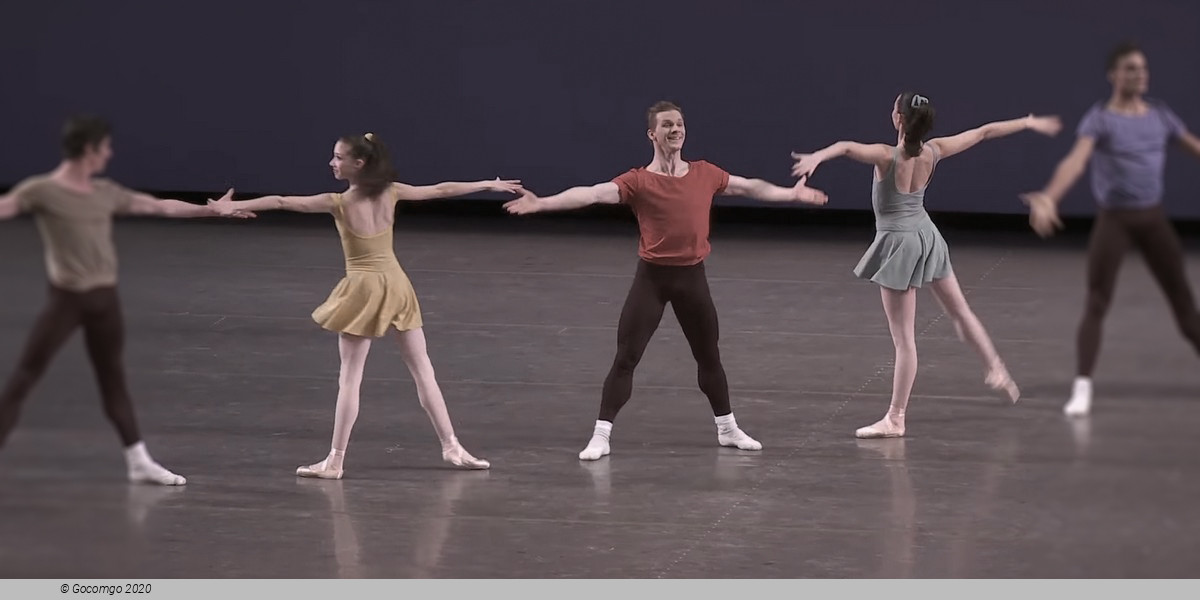
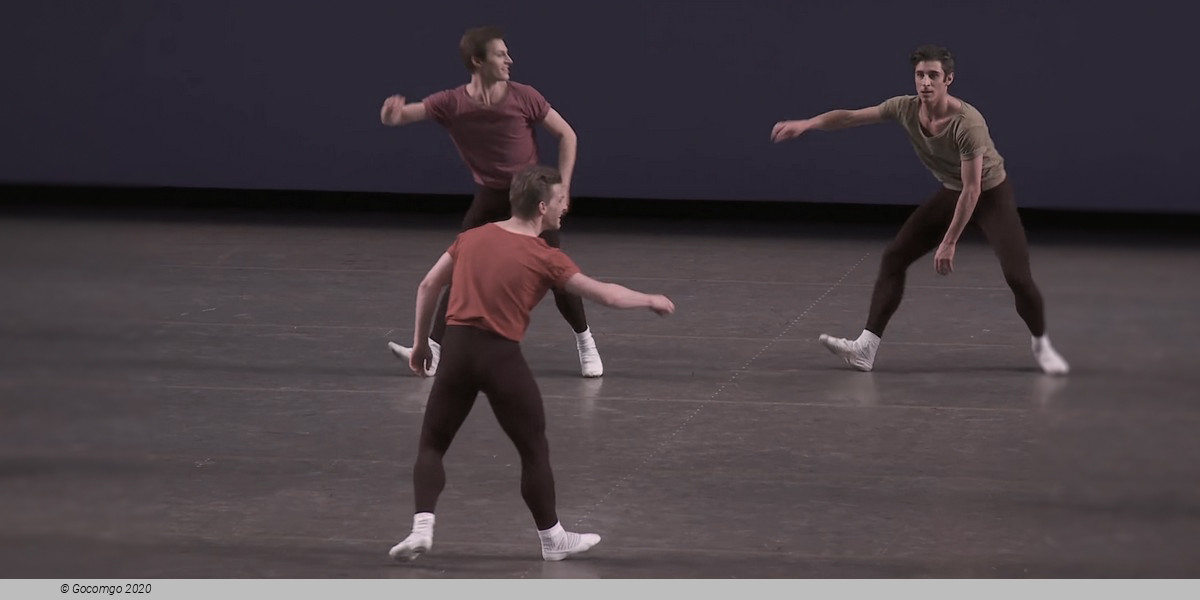
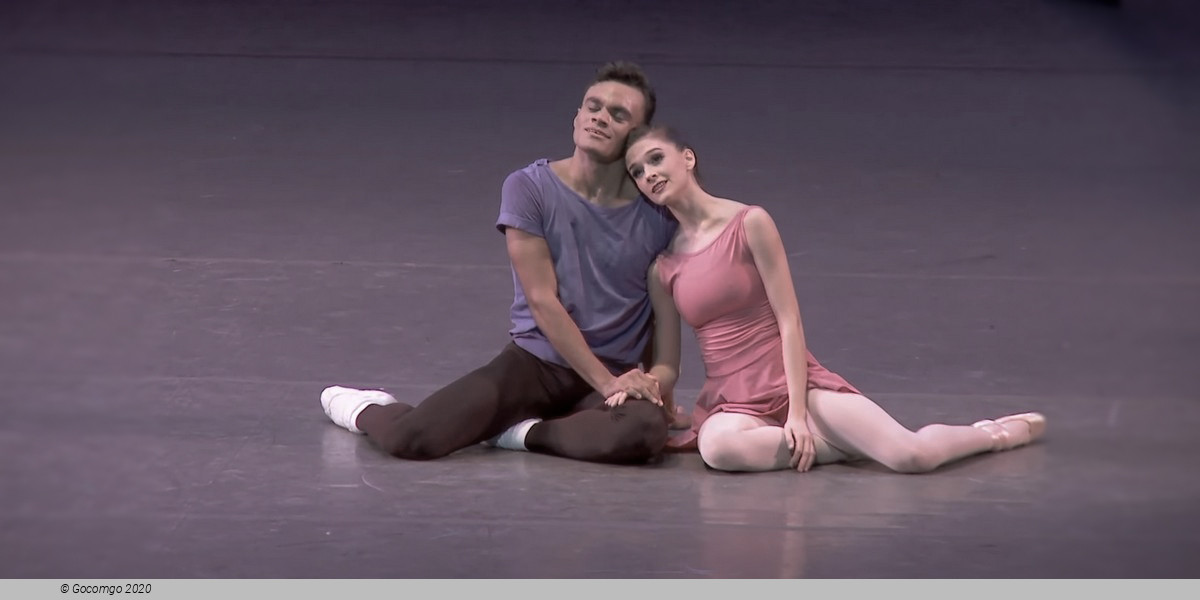
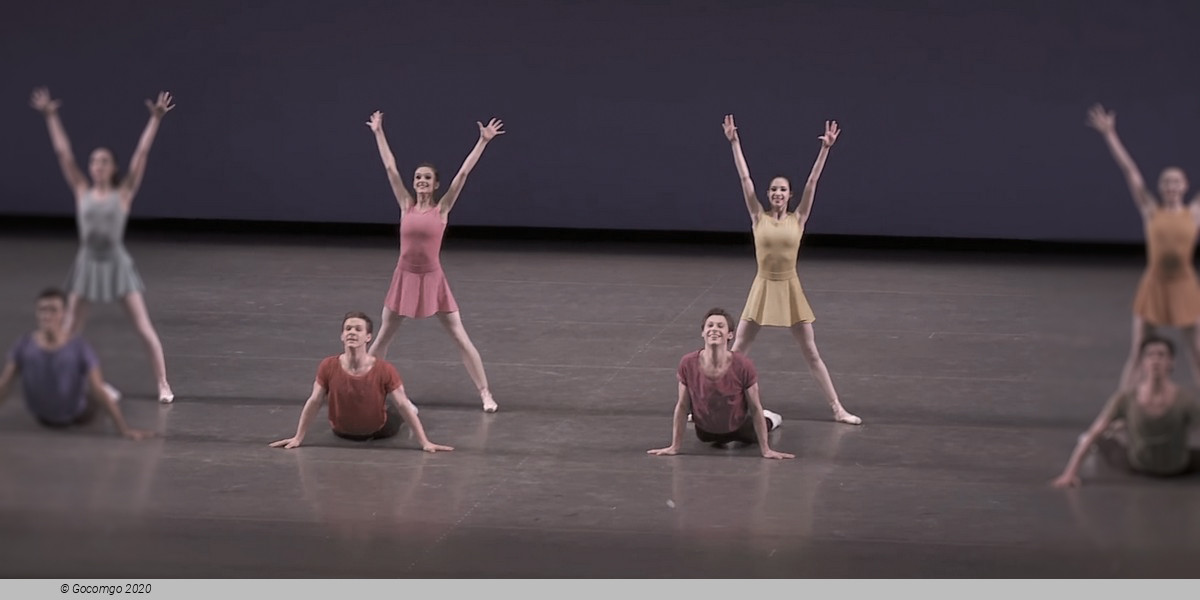
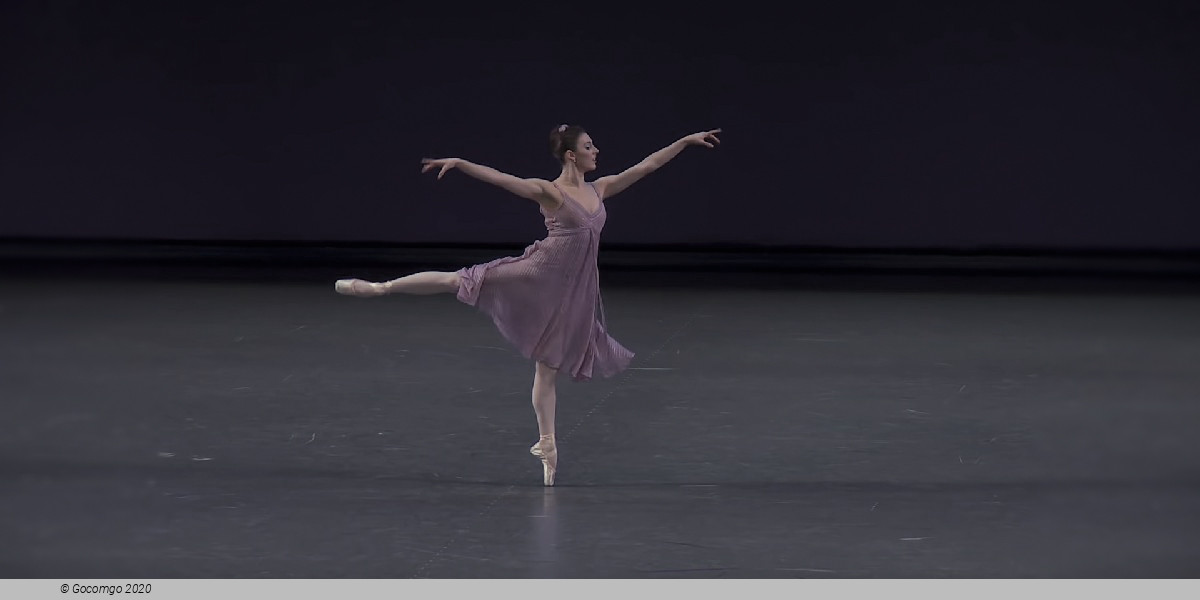
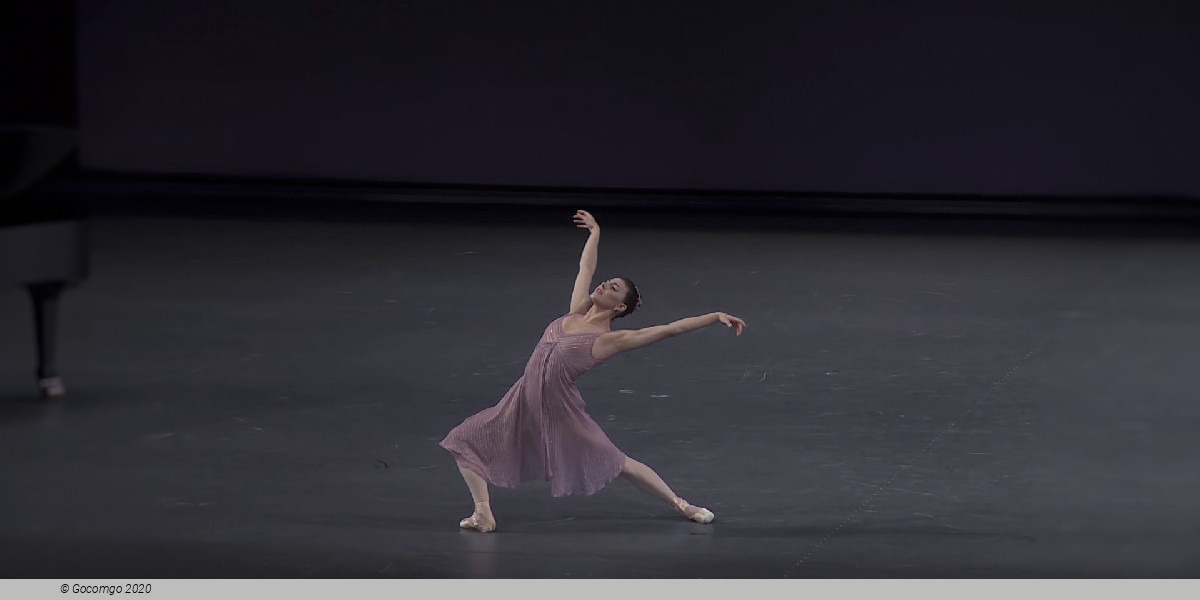
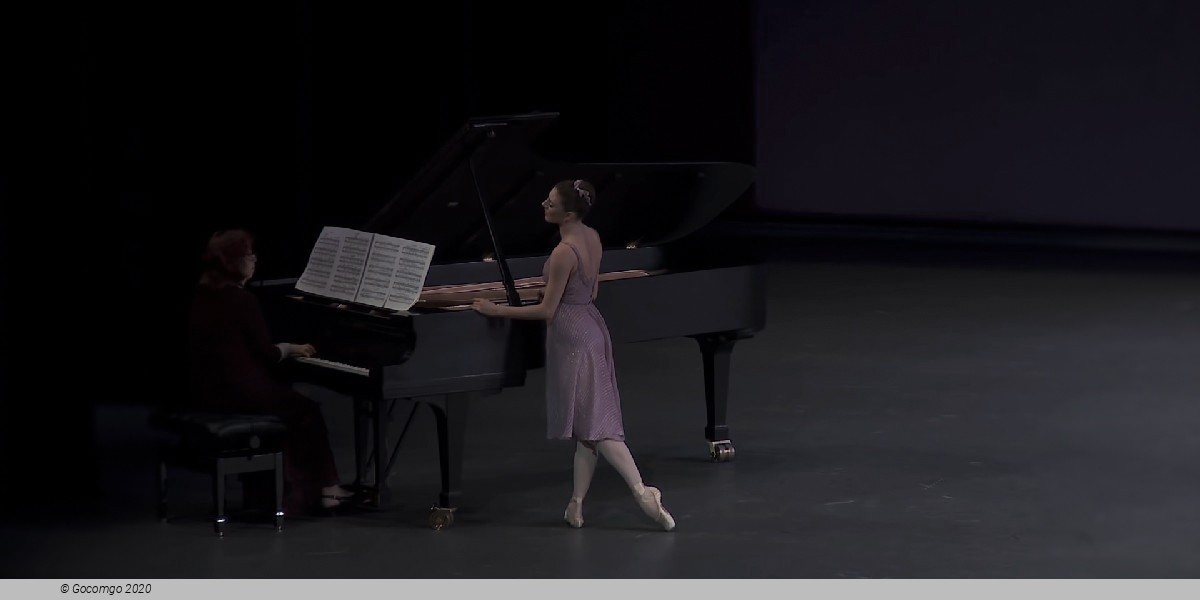
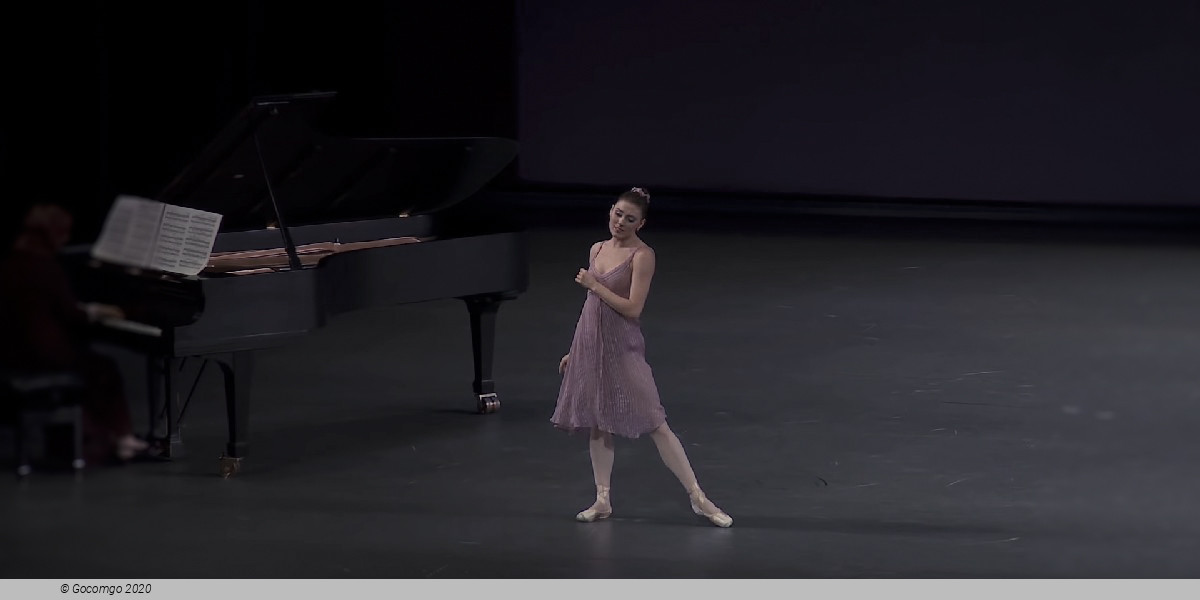
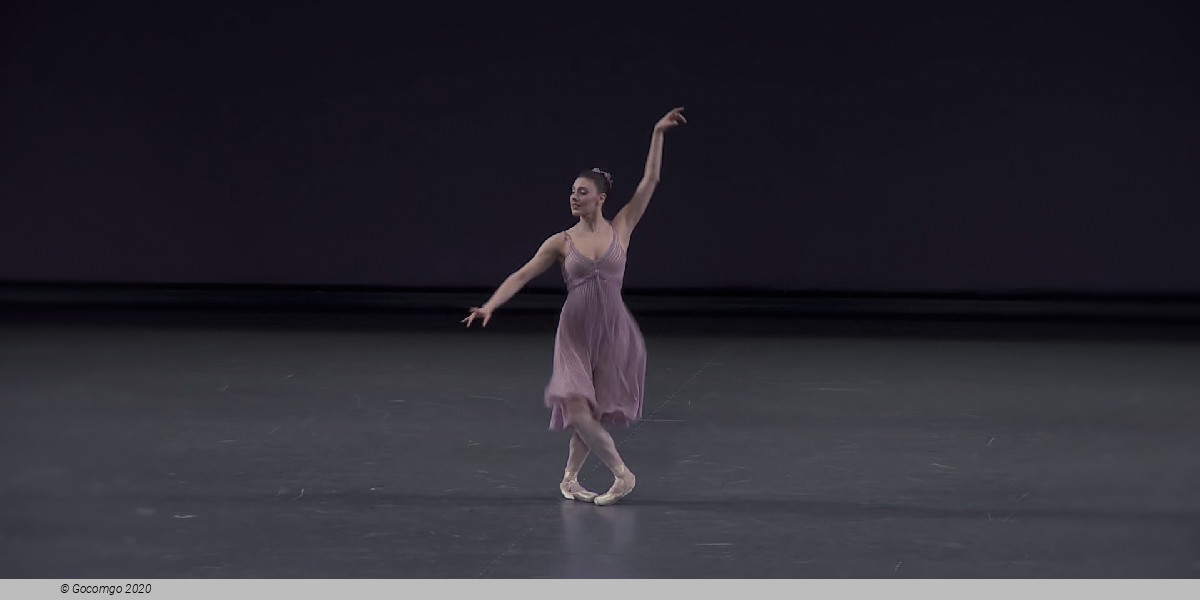

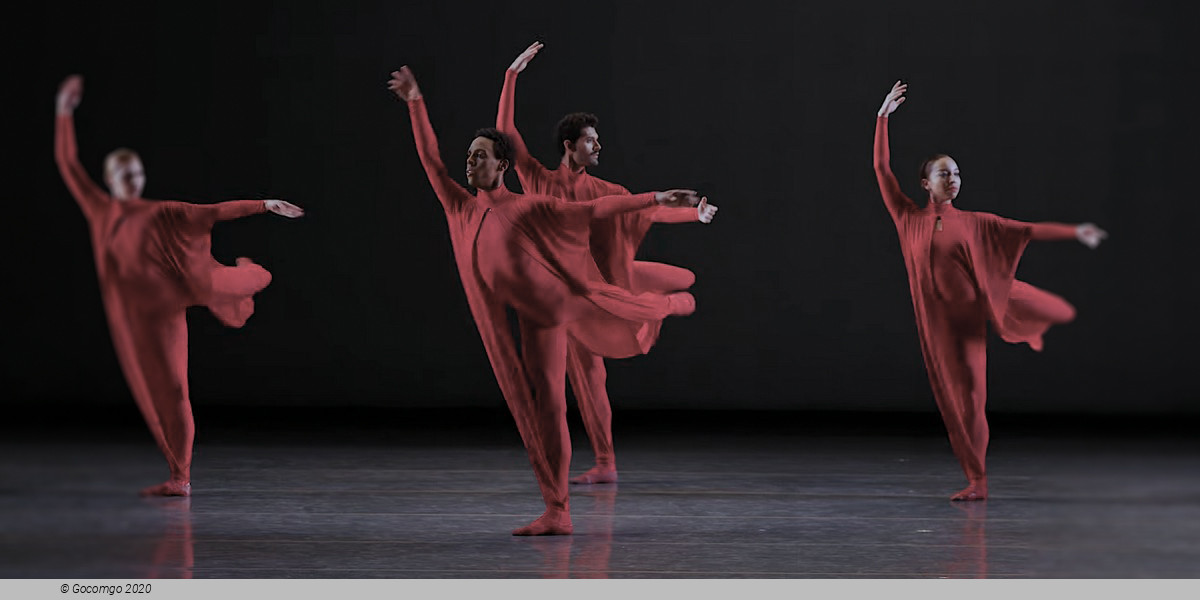
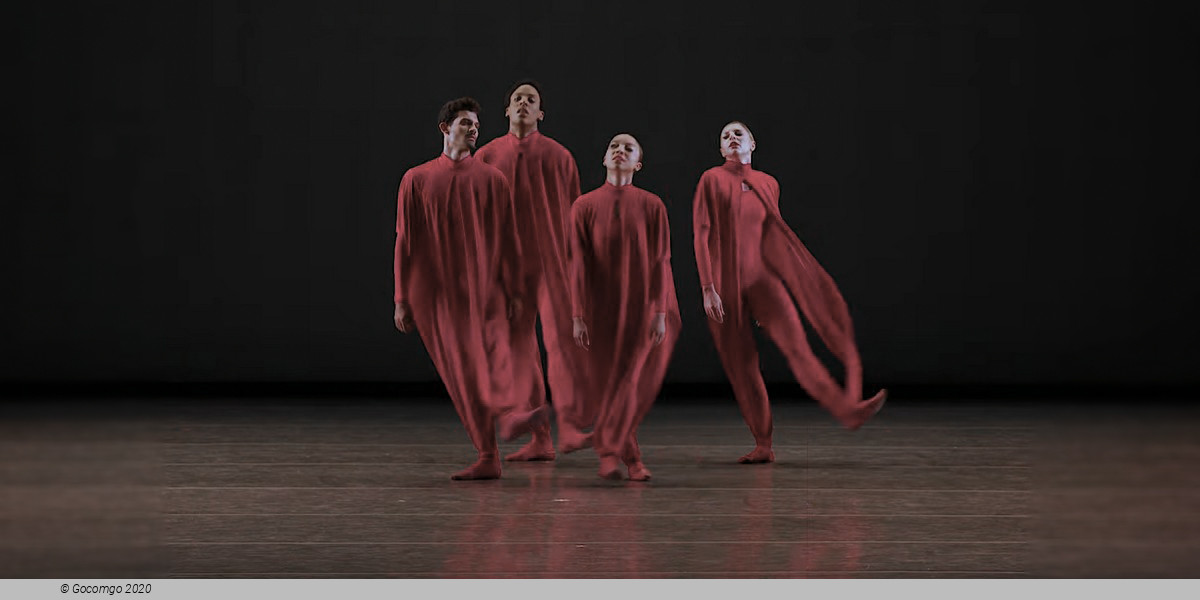
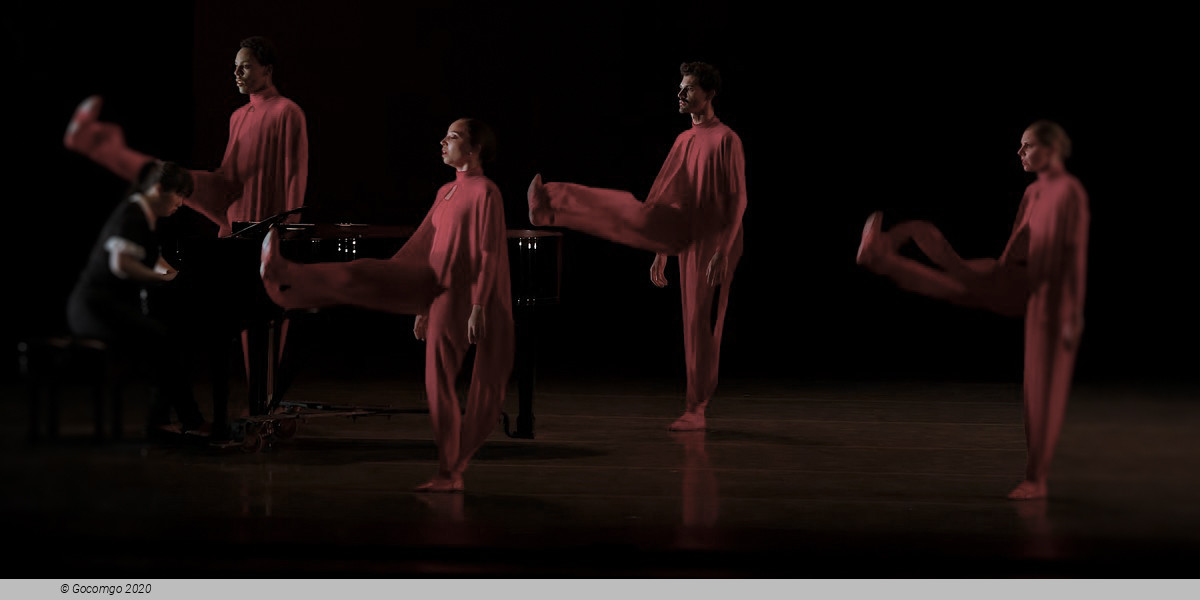
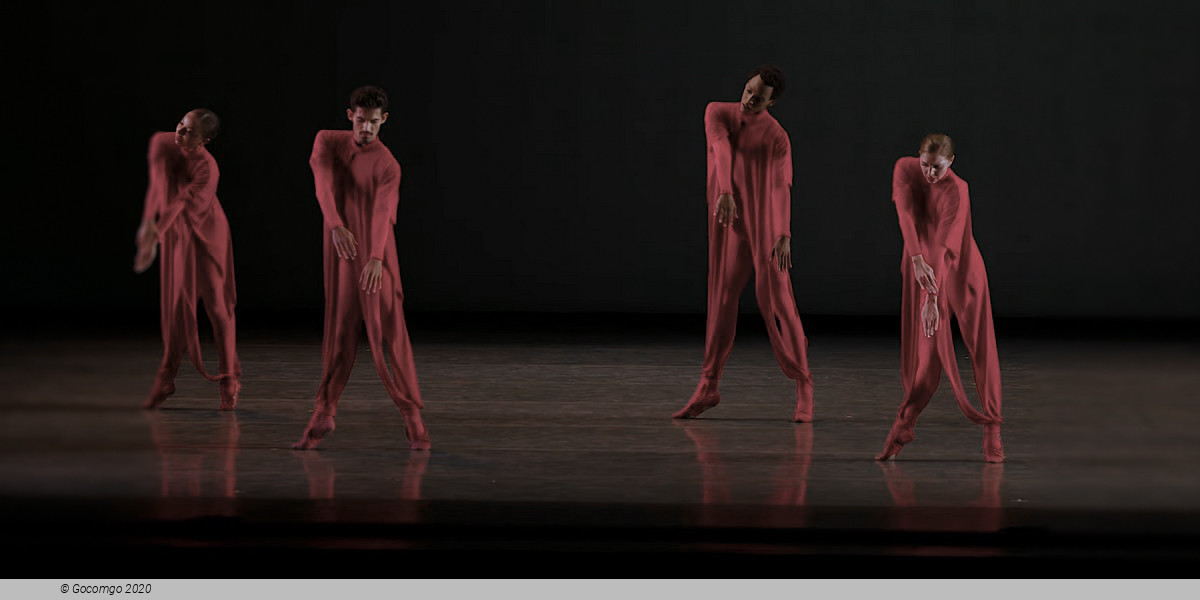
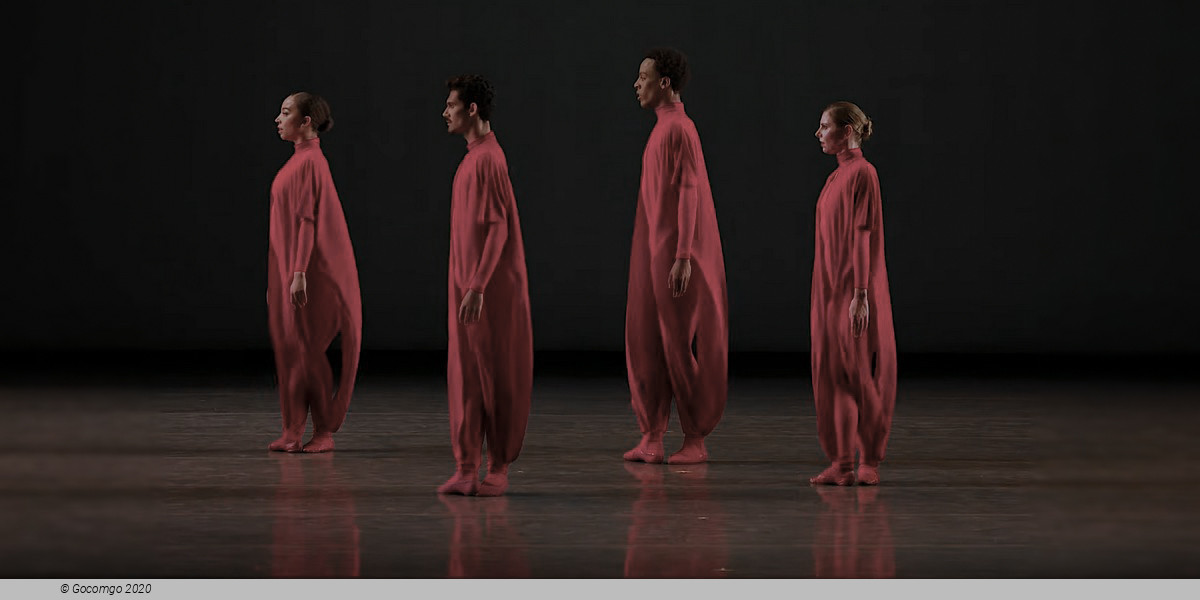
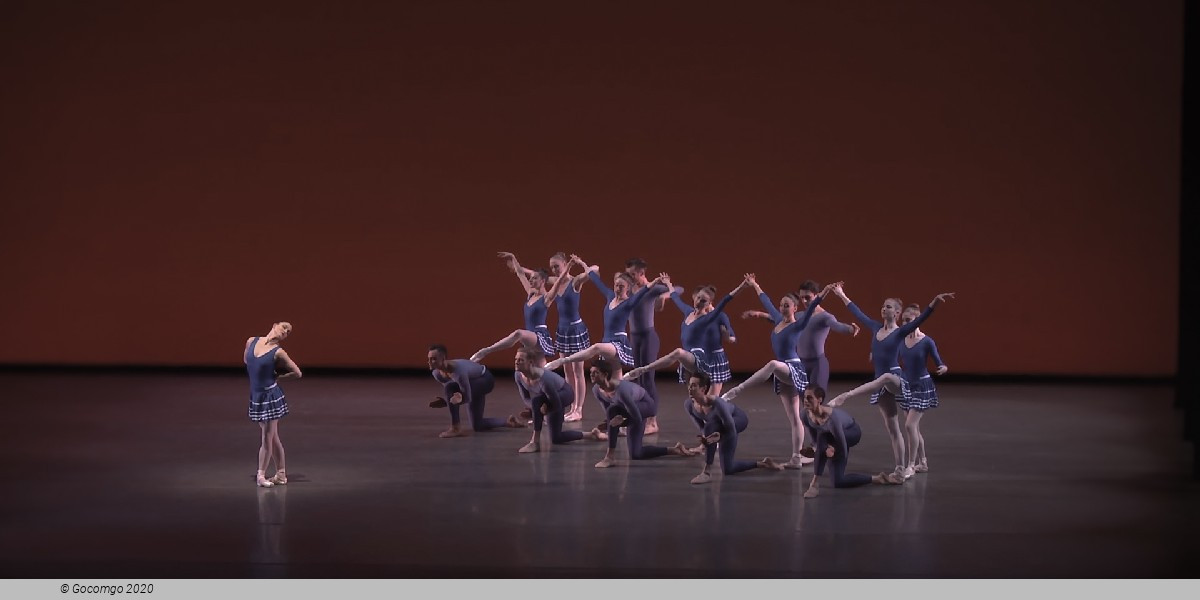
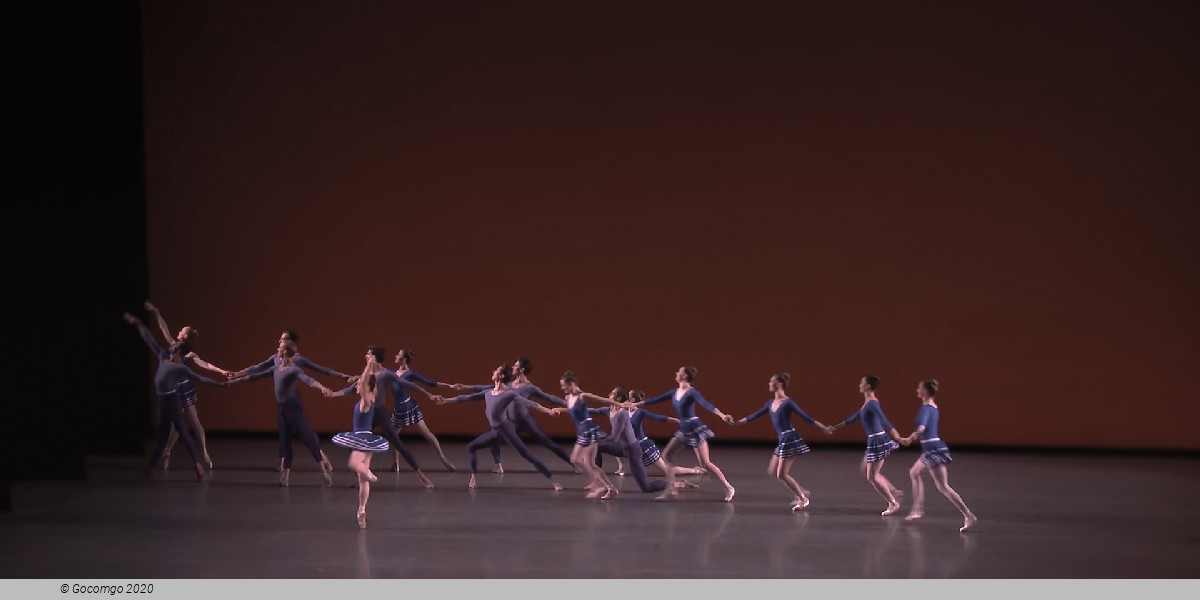
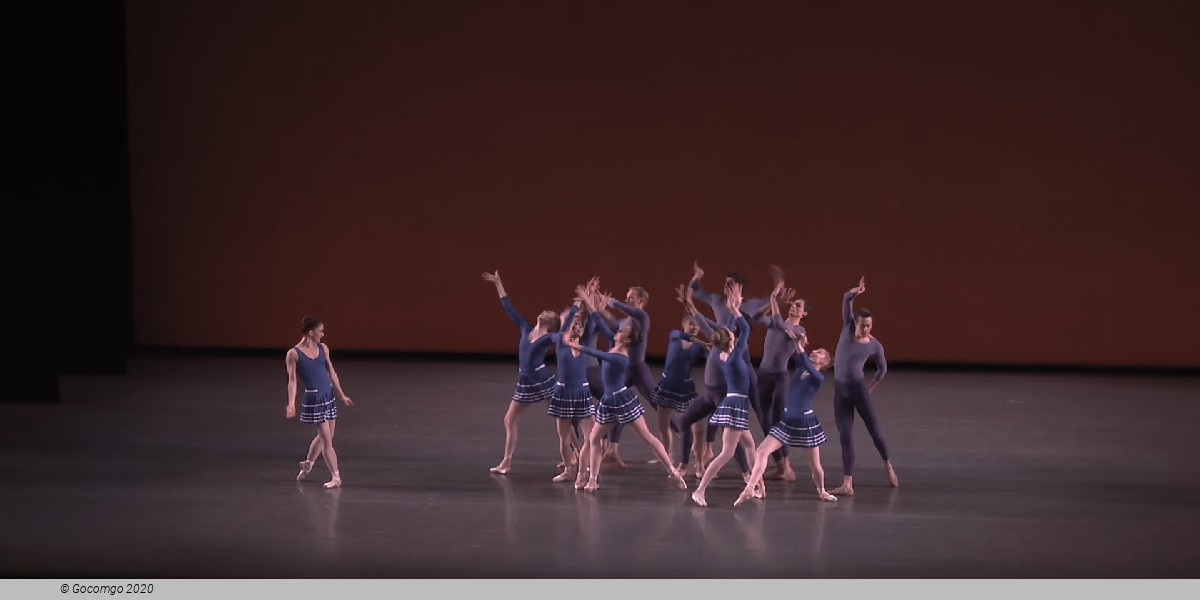
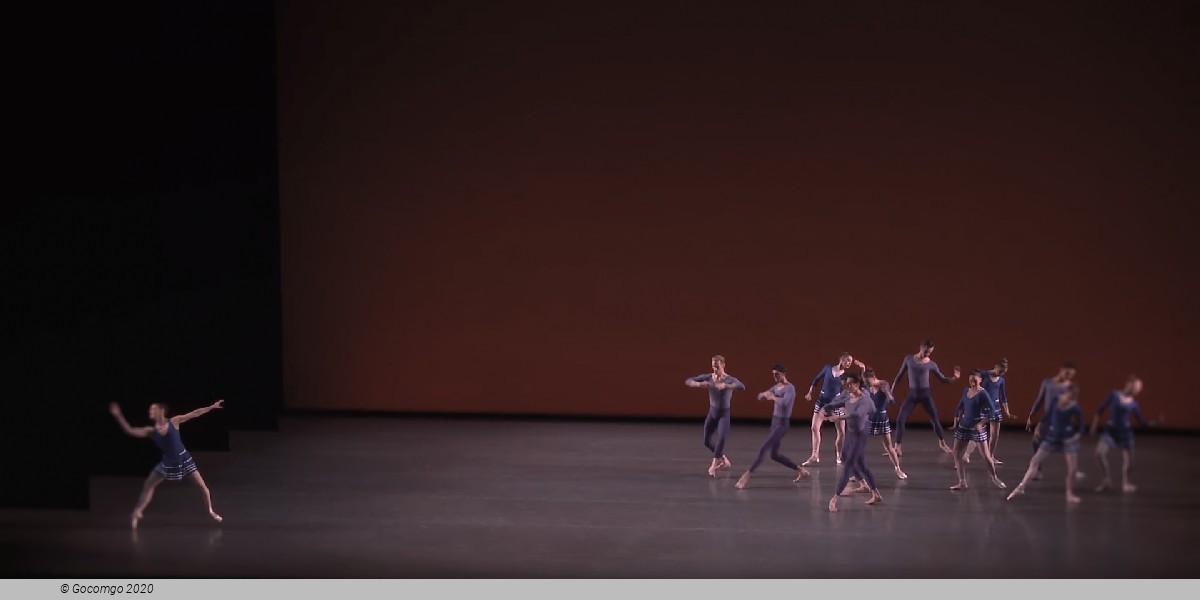
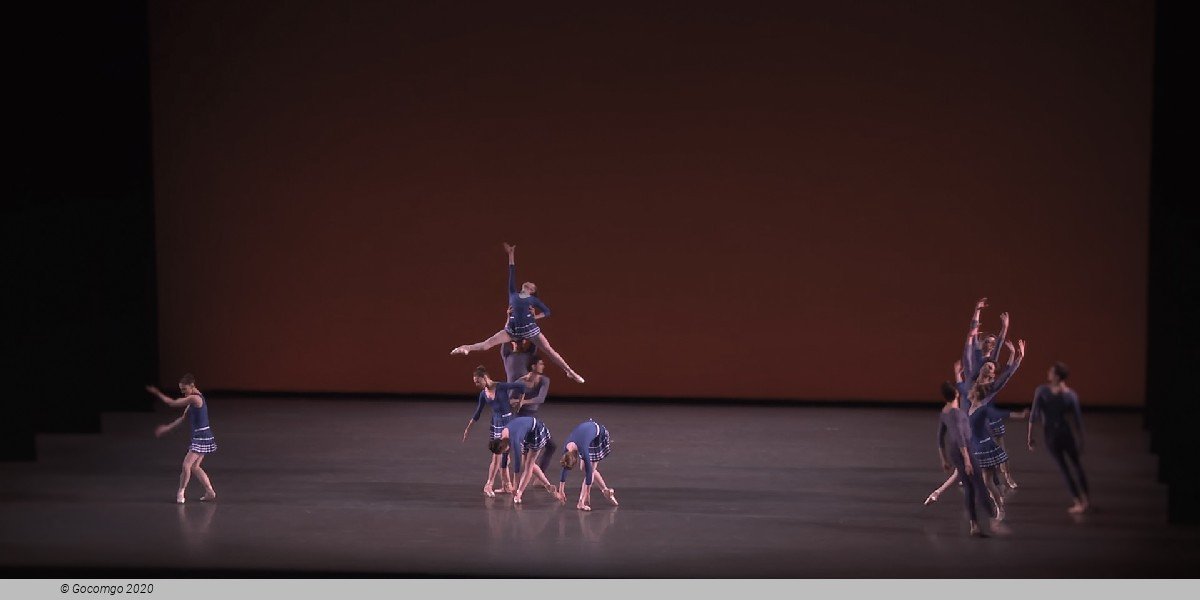
 20 Lincoln Center Plaza
20 Lincoln Center Plaza